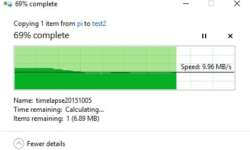Your Life on a Hard Drive

Imagine what would happen if your hard drive failed. It’s a possibility that most people don’t ever think can happen to them. For the average non-computer geek, their electronic device is infallible. While technological advancements would lead you to believe this, it’s simply not true. The good news is that many companies specialize in data recovery services for most any make of computer on the market. There are things you can do to protect your work and personal items stored on your computer. First, you should always back up your computer and keep the copy disk safe. Unless you’re a business, you probably rarely ever back it up, if at all. This is a huge mistake. Since people practically live on computers, the probability of priceless videos and photos found is given. More than likely, you also keep your bills and other private documents too. In the event of a computer crash, you might lose everything.










